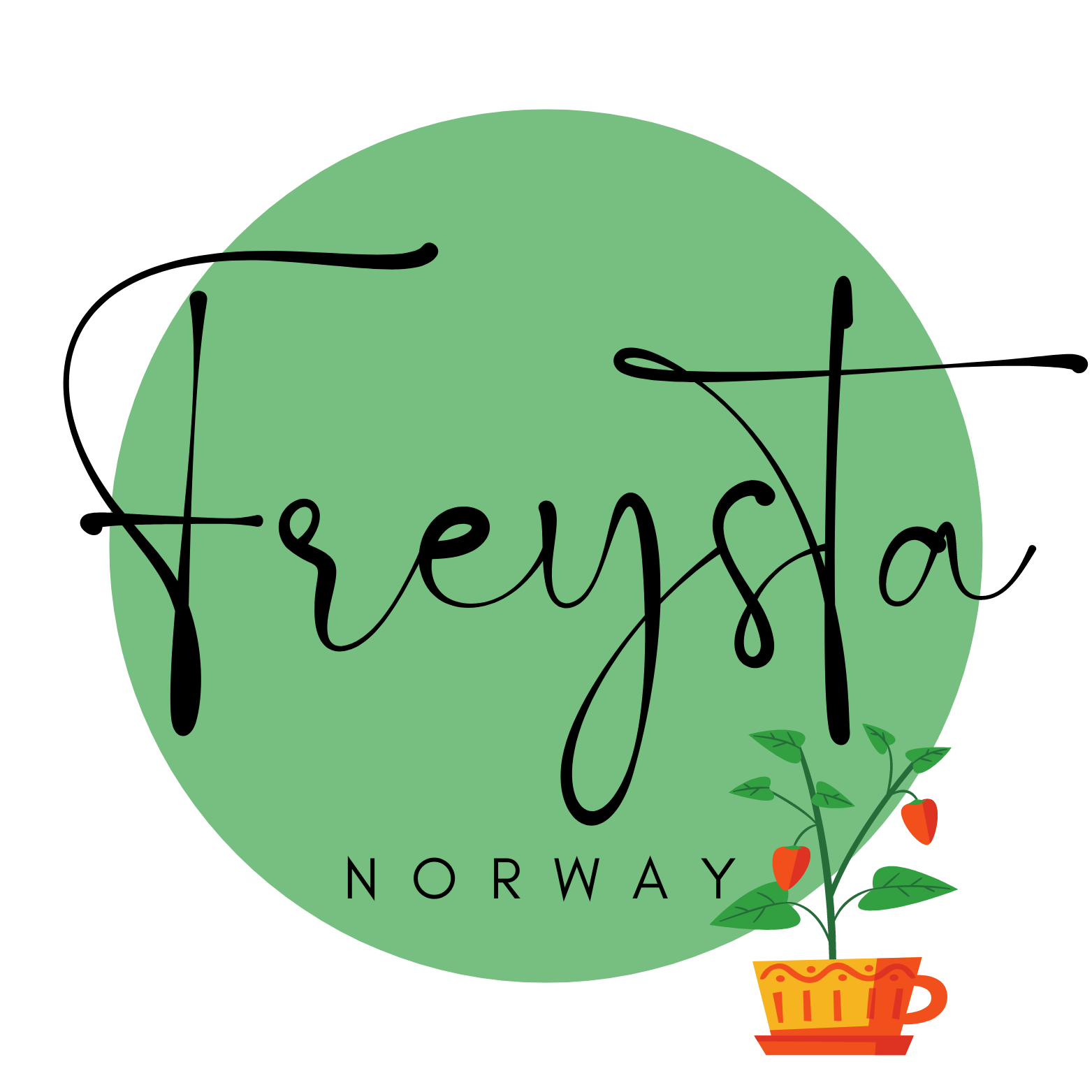
Don’t be surprised if you encounter an Icelandic horse -or ten- while hiking through the forests of Rondane! These sturdy, shaggy horses have become very popular in the village of Folldal, which is situated next to the famous national park. Over the years, a vital community of Icelandic horse enthusiasts has developed here.
-They are amazing horses, and this part of the country suits them perfectly, says Anne Margrethe Sæterhaug, who runs Kvistli Farm with her husband, Morten. Together, they have two grown children. And around 90 Icelandic horses!

Visitors from near and far come to stay on the high mountain farm, sharing meals with their hosts around a communal table in the dining room. Guests can take half-day or full-day rides, as well as themed excursions with overnight stays at mountain lodges, summer farms (seter), or hotels.
-Many guests keep coming back again and again, and we take that as a good sign. We want people to feel at home here on the farm, Anne Margrethe says with a smile.

As the name suggests, the Icelandic horse hails from Iceland. It shares its origins with Norway’s four native horse breeds: the Dølehest, Fjord horse, Northlands horse, and Norwegian Coldblood trotter. On Iceland’s chilly terrain, the breed evolved to develop thick, water-repellent winter coats, perfectly suited for outdoor living year-round.
-They thrive in the mountains here; the climate is cool enough, and there’s very little rainfall. Icelandic horses are friendly and social animals, and we can see that they are happy, calm and content. Our guests notice that too, and it adds to their experience, Anne Margrethe explains.
Though not very large, the Icelandic horse is a robust little powerhouse. Its coat comes in a variety of color combinations, from reds and browns to gray, yellow, and white. For over 1,000 years, the Icelandic horse has had little genetic mixing with other breeds. In fact, importing horses to Iceland has been banned since Viking times—precisely since the year 982. While imports are prohibited, exports are permitted, allowing Icelandic horses to be shipped worldwide, including to Norway. And Folldal. Historically, the Icelandic horse was important for transportation. Today it’s a popular riding horse.

Iceland boasts around 80,000 Icelandic horses, while Norway is home to just over 8,000. And some of these live in Folldal.
Want to read more about the village Folldal? Here it is!
-In the summer, the young horses roam freely in the mountains to graze, says Anne Margrethe.
-We have herders keeping an eye on them. But of course, hikers who aren’t expecting them can get quite the surprise when they suddenly come across a herd of horses in the woods, she adds with a laugh.

Kvistli also offers a dedicated youth week, packed with riding, fun, and adventure. Young participants learn how to pack saddlebags - what to bring on a trek and how to pack efficiently. They’re taught how to set up campsites, pitch tents, cook over an open fire, and ensure the horses have good grazing spots. At night, they sleep in lavvo tents in the mountains, gaining confidence and joy from experience.
-Seeing the sense of accomplishment they gain from having to work together is truly rewarding, says Anne Margrethe.

-Some have never slept in a tent before or know how to pack for a trip. Here, they get to plan as a team, everyone contributes, and together, they always manage to pull it off. And then there’s the bond they form with the Icelandic horses... That’s probably priceless for many, the enthusiastic horse owner concludes.

Sources:

